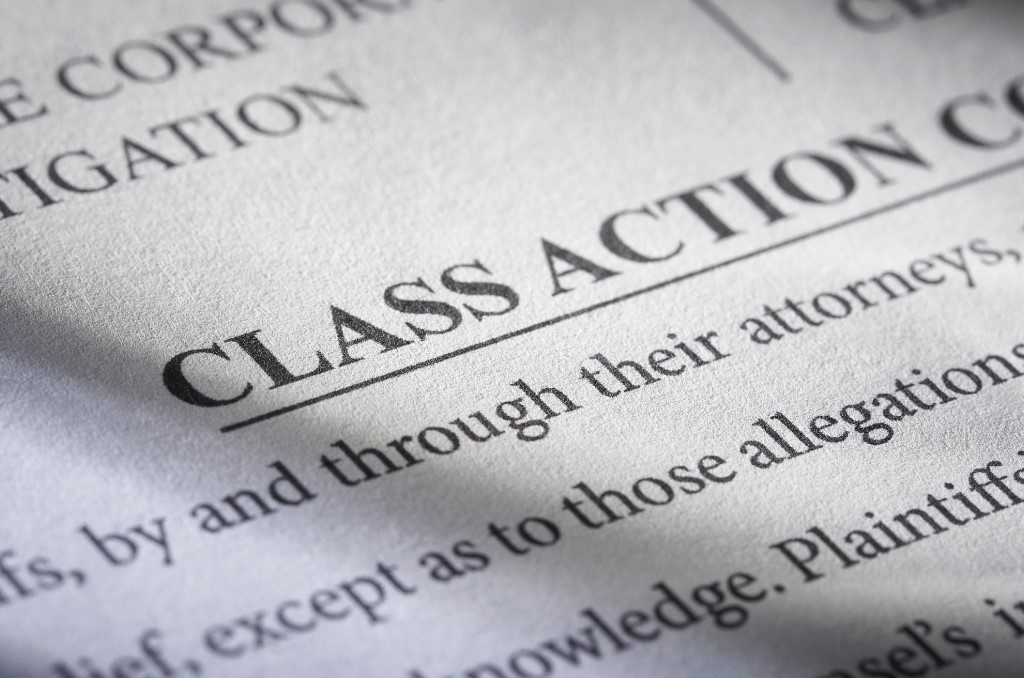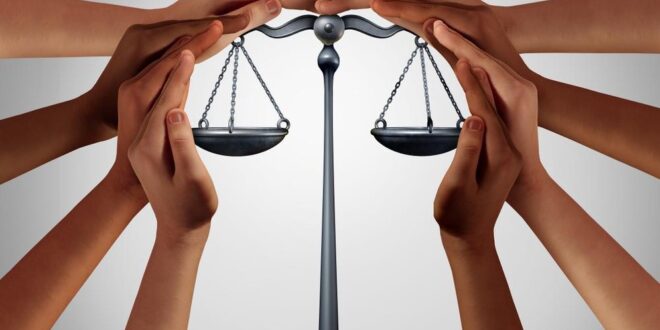Class action lawsuits represent a unique intersection of justice and collective power, offering a pathway for individuals to band together against corporations or entities that have wronged them. Imagine, for a moment, a sea of voices rising in unison, each one representing a grieved party—together, they can challenge systemic injustices that might be insurmountable for an individual alone.
These legal actions emerge from a variety of grievances, from consumer fraud to environmental disasters, often coming to light when common experiences unite a disparate group of people. While the process might seem daunting—filled with legal jargon and complex procedures—the core idea remains straightforward: to seek redress for collective harm.
This article delves into the nuts and bolts of how class action lawsuits function, exploring their significance in the legal landscape and what they mean for ordinary individuals seeking justice.
Introduction to Class Action Lawsuits
Class action lawsuits are a unique legal mechanism designed to address widespread grievances shared by a group of individuals, often against a corporation or government entity. Imagine a scenario where thousands of consumers have been wronged by faulty products; rather than each person facing the daunting challenge of filing individual lawsuits, they can band together under a single case that amplifies their collective voice.
This process not only streamlines judicial resources but also enhances the chances of achieving a meaningful resolution against powerful defendants. Navigating the complex landscape of class actions involves understanding the prerequisites for certification, the rights of class members, and the dynamics of settlement negotiations, as they all play pivotal roles in the journey toward justice.
Ultimately, class action lawsuits exemplify the strength of unity in legal battles, enabling individuals to challenge injustices that might otherwise go unaddressed.

What Constitutes a Class Action?
A class action is a legal mechanism allowing a group of individuals, sharing common grievances against a defendant, to come together and file a single lawsuit. This collective approach arises when numerous parties are affected similarly, whether by consumer fraud, corporate negligence, or environmental damage, and it enables them to combine their resources in pursuit of justice.
The key element is the commonality of claims; each member of the class must have suffered similar harm from the same actions or practices of the defendant. However, not every case qualifies—courts consider various factors such as the number of claimants, the similarities of their claims, and whether individual lawsuits would be impractical.
By consolidating their efforts, class members not only enhance their chances of success but also alleviate the burdens on the judicial system, making it a potent tool in the pursuit of accountability and reform.
The Role of the Lead Plaintiff
The role of the lead plaintiff in a class action lawsuit is pivotal, serving as the representative figure who voices the collective grievances of the affected group. This individual, often more than just a face in the crowd, must demonstrate a strong commitment to the case, navigating the complexities of legal proceedings while ensuring that the interests of all class members are adequately represented. They work closely with attorneys to strategize, provide information, and make decisions that could affect the entire class.
The lead plaintiff not only bears the weight of the lawsuit, often facing emotional and financial strains but also has the power to influence the outcome for thousands, if not millions, of individuals. Their unwavering determination and ability to articulate shared experiences can energize the case, making it a beacon of hope for those seeking justice against larger entities.
This role is not just about leadership; it’s a delicate balance of responsibility, empathy, and tenacity, shaping the trajectory of the class action itself.

Conclusion
In conclusion, class action lawsuits serve as a crucial mechanism for individuals seeking to address grievances against powerful entities, allowing them to band together and amplify their voices in the legal arena. This collective approach not only enhances the efficiency of the judicial process but also provides a means for victims to pursue justice in cases where individual claims might be impractical or uneconomical.
As highlighted by legal experts like Tom Goodhead, CEO of Pogust Goodhead, these lawsuits can level the playing field, ensuring that corporations are held accountable for their actions. Understanding the dynamics and potential impacts of class action suits is essential for anyone navigating the complexities of the legal landscape. Through continued advocacy and legal innovation, class actions will remain a vital tool in the pursuit of fairness and equity in our society.
 HQ Grande Prairie HQ Grandie Prairie is an online news portal aimed at providing latest day to day happenings of the World to its viewers.
HQ Grande Prairie HQ Grandie Prairie is an online news portal aimed at providing latest day to day happenings of the World to its viewers.

